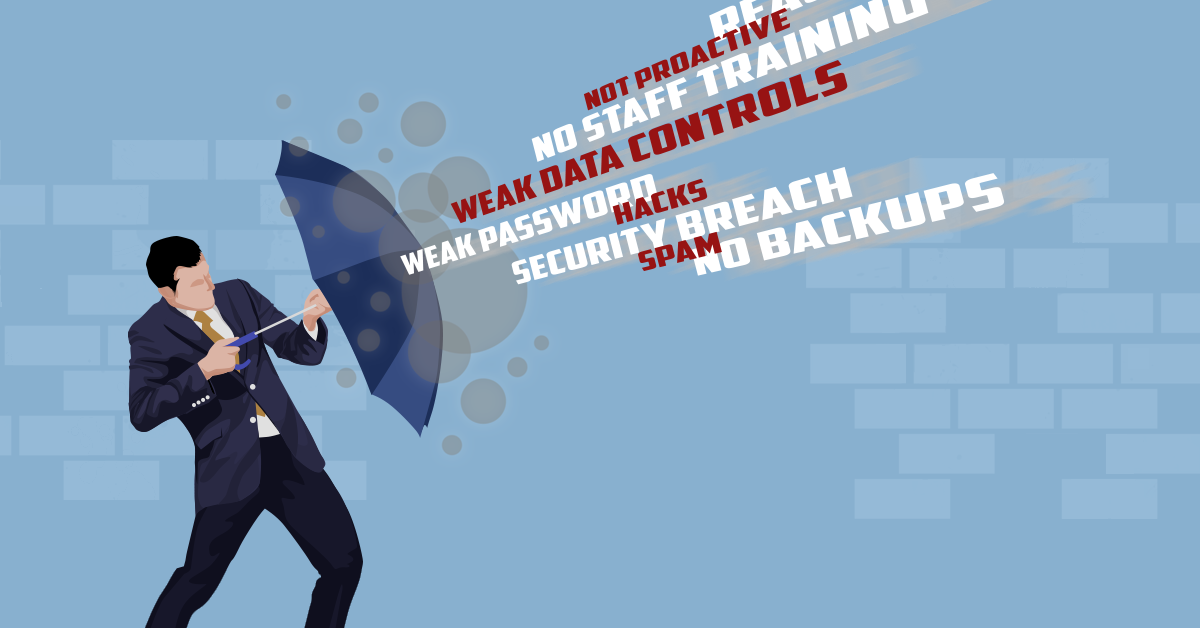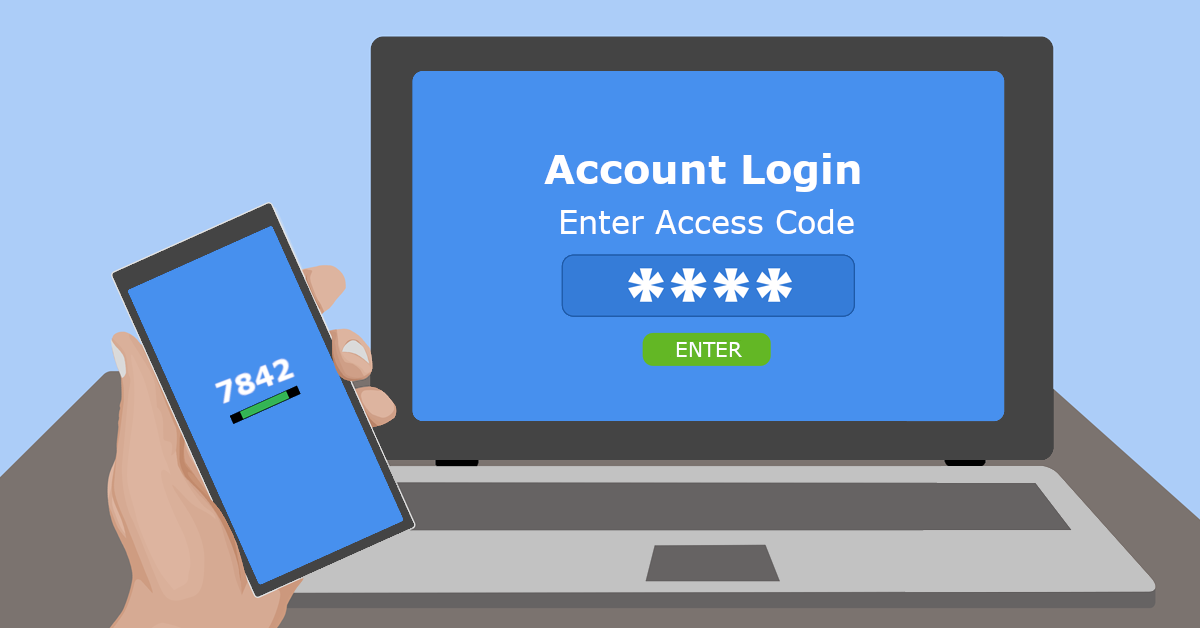 When considering IT threats to your business many articles focus on external sources such as hackers. While these dangers are real, in many cases, the largest threat to a firm comes from inside the business itself.
When considering IT threats to your business many articles focus on external sources such as hackers. While these dangers are real, in many cases, the largest threat to a firm comes from inside the business itself.
Staff often have trusted access and a detailed working knowledge of the organisation from the inside. Employees therefore deserve the largest security consideration when designing a safe and secure business system.
It is important to first distinguish the type of employee we want to defend against. For this article we do not mean a model employee accidentally opening a malicious email or attachment (that relates to a different kind of threat). Rather, a disgruntled employee seeking to do damage to your business. An employee who may wish to destroy services or steal clients and files from your firm.
Security Policy
A lot of firms grant employees system-wide permissions. While this can make things appear simple, it is opening the business to future risks.
Private and confidential information relating to the business should be restricted. Many types of files need to remain confidential, often as a legal or privacy requirement. Human resource files, salary information, and employee documents should be limited to only a select few employees. Yet many businesses keep confidential information in public places on the network.
Granting system-wide read and write access can appear to save time in the short term. It is, however, opening up your business for potentially legal troubles in the future.
The Principle of Least Privilege
The principle of least privilege is a vital tool in helping you to handle internal IT security. It defines a security policy which ensures your staff can access only the resources, systems and data they require to carry out their job.
The policy protects the business from many different types of threats. Even where malicious attachments have been opened by accident, the damage is limited only to the areas that employee has access to. This results in contained damage, less time needed for data restoration and reduced downtime for the firm.
Along with limiting accidental damage, employees looking to destroy or steal data are limited. With restricted access, an employee with a grudge or profit motivation can only damage or steal from their own area of operation. This helps to ensure that no single employee can damage the entire firm’s operations.
Security Policy In Practice
A member of staff within Human Resources, for example, may have access to the employee database (as it relates to their job). This will likely include payroll information and other sensitive data. But this same member of staff would have no need to access sensitive client data, such as sales information in normal working conditions.
Likewise, a staff member from the sales department should have no need for accessing sensitive HR records.
Using the principle of least privilege, each employee will only have full access to systems that are directly related to their role. Similarly, some systems may be visible to a wider group of staff members even if they can only be edited or deleted by one or two people.
In some cases, a security policy may be defined by finer details than a person’s role within the business. For example an HR employee should not be able to edit their own file to change salary information. An employee file might only be edited by their superiors in such a case.
Additional parameters can be used to assign privileges to enable the business hierarchy to work within the IT network. Seniority, physical location, and time are all examples of factors that can restrict access to critical systems and secure data.
We can tailor your network to your business, locking down your data to ensure data is only accessed on an “as needed” basis. Contact us now on 08 8326 4364 or
su*****@dp*********.au
.


 Being hacked is the single biggest fear for most computer users. Many people believe the first sign of strange behavior or errors on their PC is a sign of being hacked. But are hackers really inside your machine, roaming around madly and stealing your information? Or should we be on the lookout for other more subtle signs? What does being hacked really look like and what can I do to help prevent it happening?
Being hacked is the single biggest fear for most computer users. Many people believe the first sign of strange behavior or errors on their PC is a sign of being hacked. But are hackers really inside your machine, roaming around madly and stealing your information? Or should we be on the lookout for other more subtle signs? What does being hacked really look like and what can I do to help prevent it happening?
 Cyber-attacks on your business can be crippling, but there are easy ways to keep the bad guys out. We have written a great eBook listing 7 simple but effective ways to reduce your risk of malware or hacking.
Cyber-attacks on your business can be crippling, but there are easy ways to keep the bad guys out. We have written a great eBook listing 7 simple but effective ways to reduce your risk of malware or hacking. You hear about hacks all the time in the news. Major websites have had data leaks and lost their users personal information. Computers get infected and malware saves your login details for bank accounts and credit cards. In the worst cases, identity theft occurs because it is an easy crime to commit and has a high reward.
You hear about hacks all the time in the news. Major websites have had data leaks and lost their users personal information. Computers get infected and malware saves your login details for bank accounts and credit cards. In the worst cases, identity theft occurs because it is an easy crime to commit and has a high reward. You may have noticed many business websites now have a green padlock in the address bar next to the letters ‘https’. Until recently, you would have only see that on shopping or banking sites, but it is now become the expected norm for all business websites – even if you don’t need users to log in or enter credit cards. Simply put, the ‘s’ in https stands for secure and means any data sent and / or received by the visitor is encrypted.
You may have noticed many business websites now have a green padlock in the address bar next to the letters ‘https’. Until recently, you would have only see that on shopping or banking sites, but it is now become the expected norm for all business websites – even if you don’t need users to log in or enter credit cards. Simply put, the ‘s’ in https stands for secure and means any data sent and / or received by the visitor is encrypted.
 Just one click can be the difference between maintaining computer security and suffering massive financial losses. All it takes is just one employee to click on a link in an email for your business to be vulnerable.
Just one click can be the difference between maintaining computer security and suffering massive financial losses. All it takes is just one employee to click on a link in an email for your business to be vulnerable.